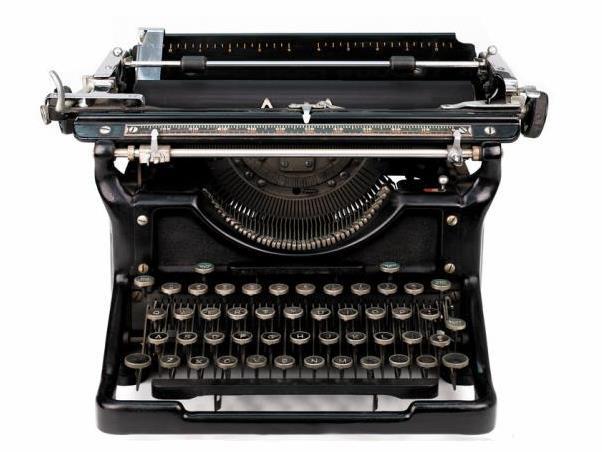Eight years ago, when Marina Go made the shift from print to online publishing, the modus operandi was to dump print content online, assuming it would stick and grow readers. Of course it didn’t.
‘Relevance to the medium was low and the user experience was poor. Users were attracted to the site through its brand, but once realised there was nothing new to see, they moved on. Traffic was slow and there was no reason for industry categories to move their advertising,’ said Go, who is now General Manager, Hearst-Bauer Media.






